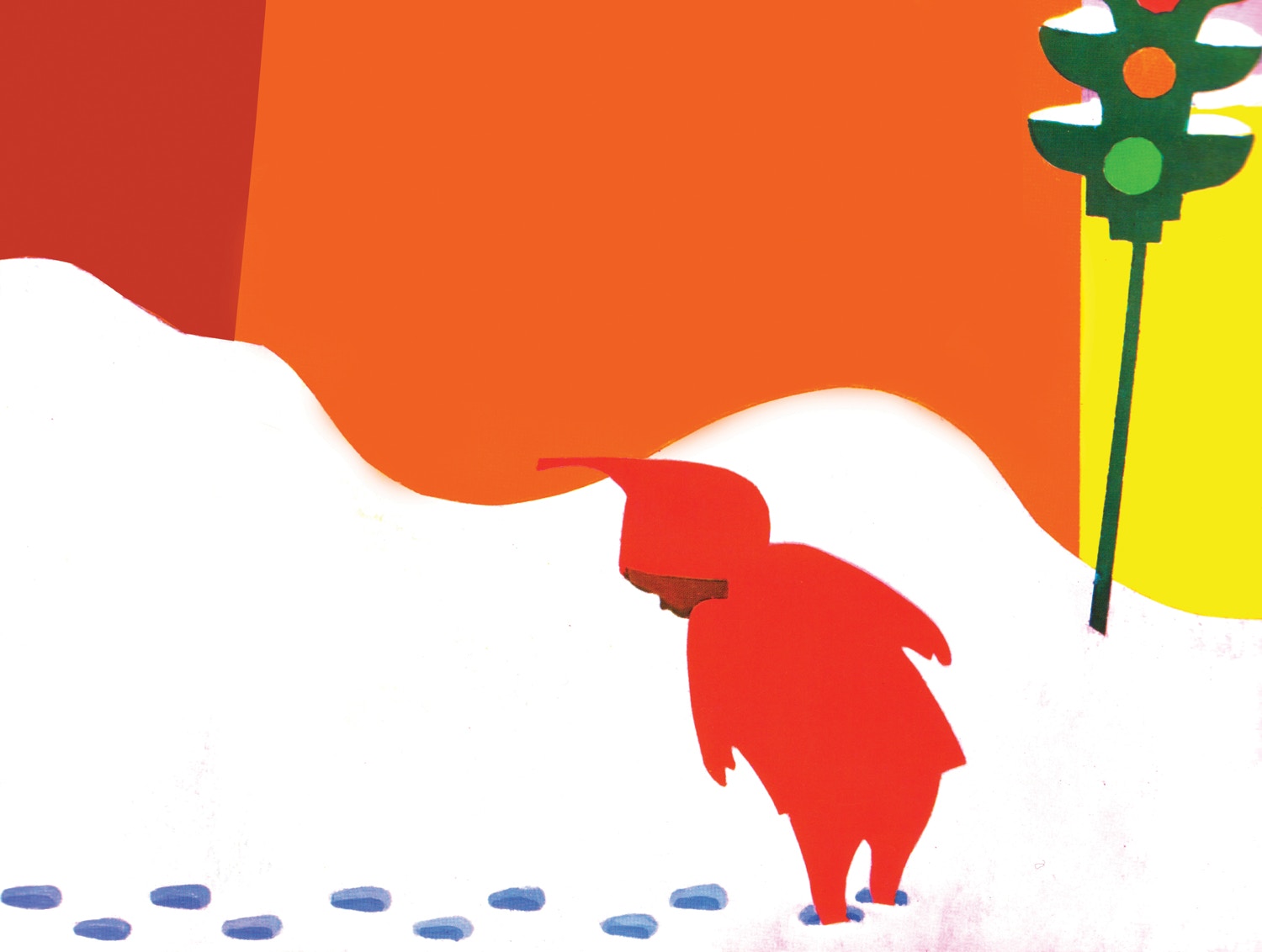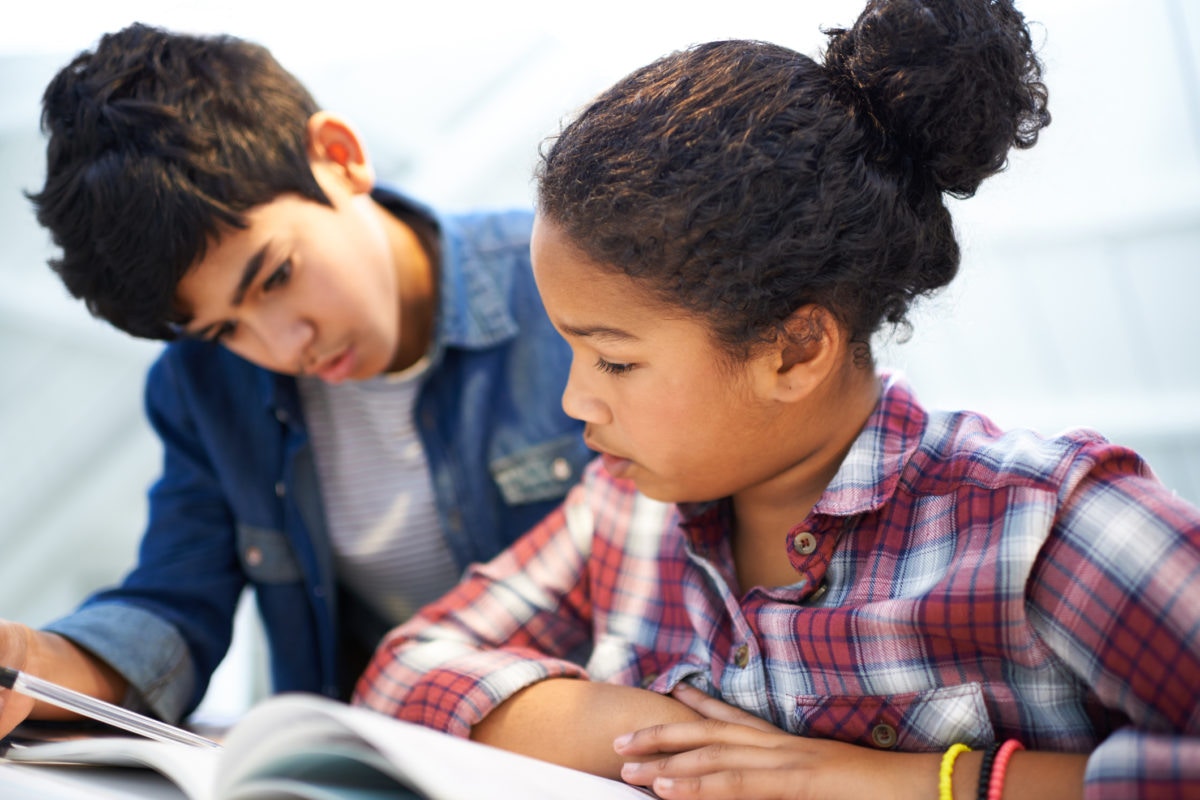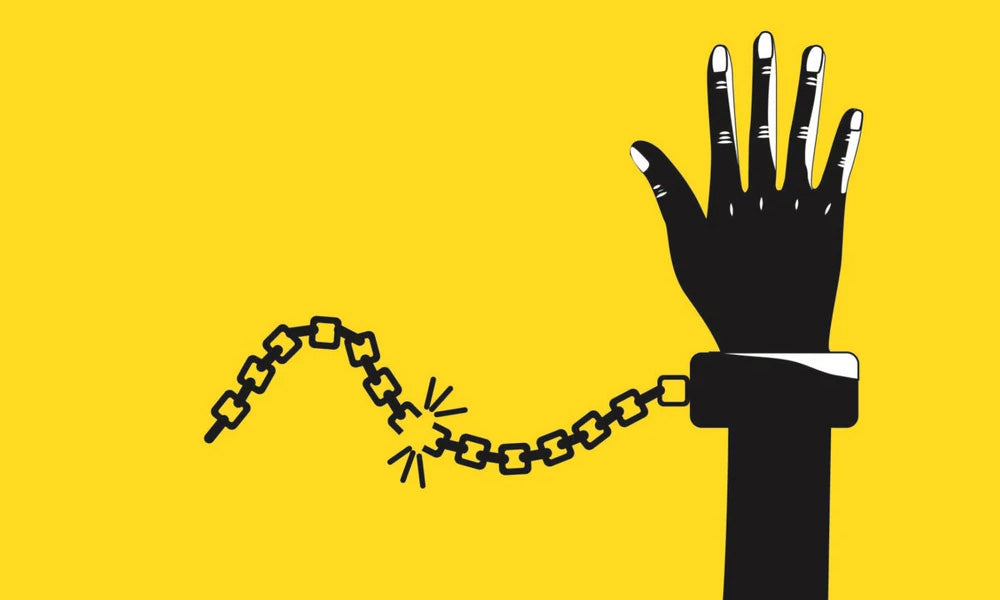The other day, while reading to my two-year-old son, I noticed something that really disturbed me. Crowds of people, and all of them white.
We were reading "Policeman Small" by Lois Lenski, a classic for toddlers and preschoolers. I noticed the same thing in a Curious George book.
Too many of Jonah's books are like this. And I'm not okay with that.
Part of the issue is that we have a lot of classic children's books, written decades ago by white authors. Fiction books in particular are overwhelmingly white. "Policeman Small" was originally published in 1962, and the Curious George series was published in the 1940s.
There were plenty of black Americans and other people of color playing active and important roles in our country during that time, so that's not an excuse, of course.
What bothers me the most is when I start thinking about the reasons why an author or illustrator might include only pictures of white people in a book.
Was the illustrator's ideal of a perfect little town all homogeneously white? Did he just not think to include black characters in even the smallest way? Was this an intentional, racist decision? Did these illustrations reflect the reality the author saw around her?
I start to feel pretty troubled when I delve down deep into these issues. If my child's books contain only white people, what lesson does that teach about what the world is supposed to look like and what kinds of people should be included in a neighborhood, school, church, or city?
Am I participating in systems of oppression by reading my child books like this?
In my mind, this also harkens back to the election, and the unsettling discovery of just how divided the U.S. electorate is right now. An NBC News quote:
The biggest difference between the two parties is the urban-rural divide... Politically, that translates into race and identity as the main political dividing line. Rural and exurban America is very white, and generally inward-looking. Urban America is very diverse and cosmopolitan.
Many Trump voters live in places that look a lot like these books, or perhaps used to look like these books. They want to keep them looking this way. We see where, and to whom, that attitude has led us.
That's not an image I want to present to my son as ideal.
I've written before about the fact that my childhood did look a lot like these books. I experienced essentially zero racial or cultural diversity until I was about 13 years old, when I switched from private to public school. This is one area where I feel that my parents really fell down on the job. (Love you, Mom and Dad.) I am determined to do better.
Jonah's external environment is already going to be very different. We live in a diverse urban city. But Jonathan and I are committed to exposing him to diversity through the media that he experiences at home.
For his birthday, we plan to give Jonah "The Snowy Day", a masterpiece of children's literature by Ezra Jack Keats, featuring a main character who is black. Over the next year, I plan to gradually diversify Jonah's collection to include more books featuring diverse characters.



